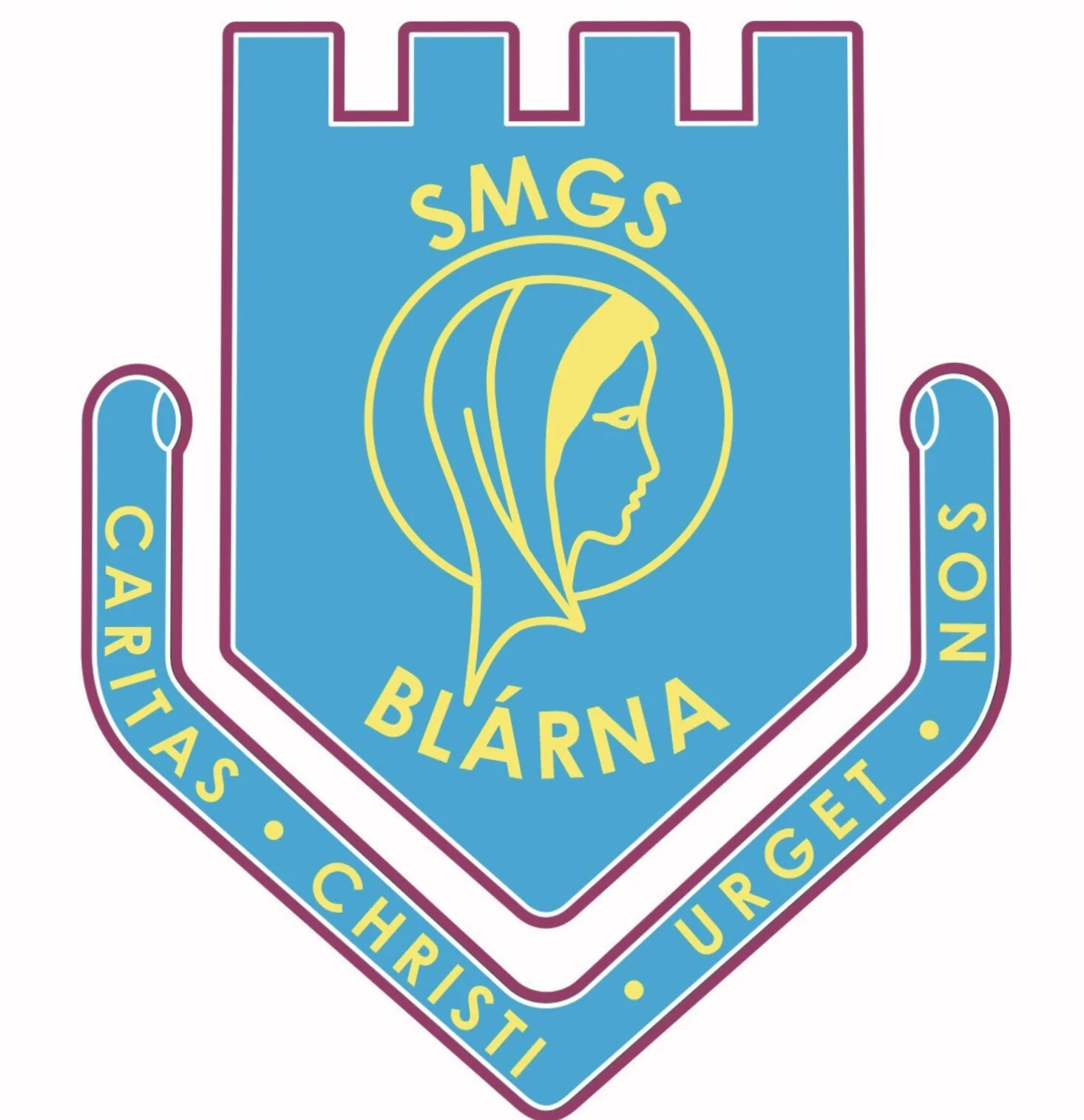
Science at SMGS
Young Scientist
Scoil Mhuire Gan Smál has a long and proud history of participation in the Young Scientist and Technology Exhibition. 1982 was the year of our first entrant and winner of his category. Since then the school has been represented almost every year.
A very large number of students have benefited from the experience. The confidence gained from collecting, organising and presenting data is a huge asset for anyone. So many students have said that, when doing job interviews, by far the most important item on their CV was their involvement in Young Scientist.
The achievements of our students are a great source of pride and joy to the school. The list of prize-winners gives a good indication of the talent, energy and enthusiasm that has been fostered in the school.
The list gives the main prize-winners over the years. Many other students have won prizes in their categories. Sarah Healy and Miriam Murphy were our most recent winners in 2018 winning First Prize in their caegory for their project on the effects of Diabeties on children. Many others again have taken part and learned from and enjoyed the experience.


